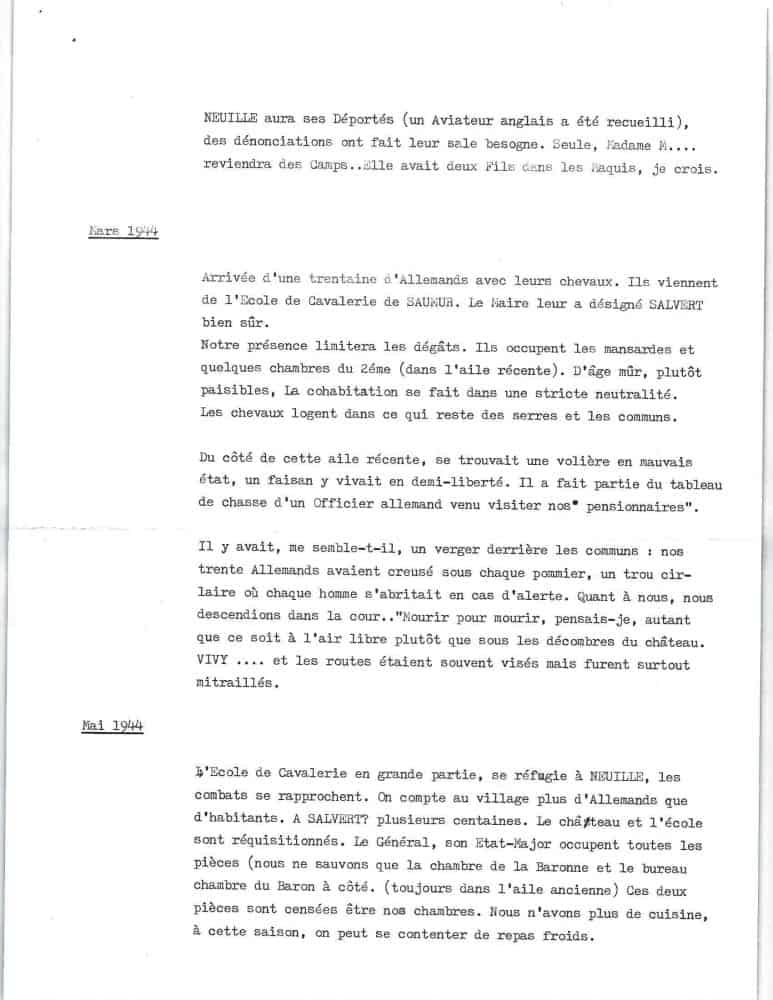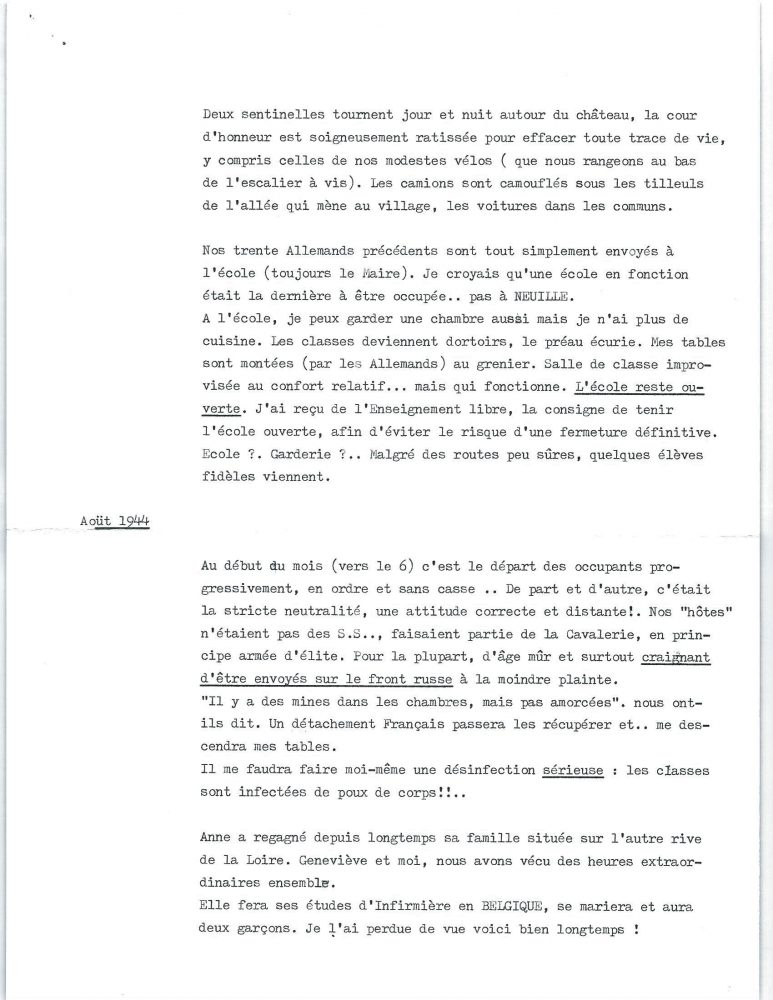The history of the Château of Salvert
The most sculpted castle in the whole region
The Château of Salvert is located in Anjou, in the Loire Valley, near Saumur, in the town of Neuillé. It is currently owned by Michel Le Pelletier and his wife, Monica Le Pelletier.
The Salvert estate, with its land and woods, has been in the same family for over 700 years. Ownership is passed on by women.
Follow each other: the Lejumeau from Kergaradec, the Leroux from Mazé and then from Salvert, and finally the Le Pelletier de Glatigny since 1862.
“In the sixteenth century stands a stately home. Then in the 18th century, by building the east-west wing (right wing), Salvert became a château housing real lounges and comfortable bedrooms.
Pierre Petit, Charles de Savonnières, and Réné Lejumeau (Lord of Blou) follow one another. By Marriage, Salvert goes from Lejumeau to Leroux de Mazé. Then in 1846, Amélie Leroux married Baron Louis Eugène Le Pelletier. They are the ones who will be the authors of a vast project of which the construction of the château is only the final element. Forty-three notarial acts passed before the sole notary of Allonnes between 1846 and 1861 show the restructuring and the new management of the land. In 1862, the Baron and Baroness Le Pelletier de Glatigny called on the architect Saumurois Couët (1) “and also, according to the oral tradition of the family, the famous architect of the town of Saumur Joly Leterme who will help under form of advice.
“A major project covers the old house of the XVI ° and the wing XVIII ° by completing them with bold additions. The two castles joined in a square arrangement will be kept united by the same ornamentation of facades but in Gothic style this time, both for the modernization of the old structures and for the constructions complementary to the old buildings. The sculptors will be responsible for making this castle one of the most sculpted and most gothic in the whole province. , despite the profusion of various additions (that are ridge ridges, ears of corn, florets, consoles, battlements and puffs in the round), the coexistence of 18th century and neo-Gothic architecture will not be erased completely providing this castle a surprising aspect with its profusion of sculptures, chimneys, turrets which pierce the roofs with broken roofs “(2)

Balloon ride above the Castle of Salvert 
White Room 
View of the garden from the apartment
The history of the garden, a natural setting
Seen from the outside gate, hidden by a lime tree and an oak tree, the Château of Salvert is 300 m away. We gradually discover its facade when we approach by the two paths traced in the shape of a warhead in 1863.
The left aisle is shaded by groves and two-hundred-year-old cedars, the right one gives access to the three lodgings.
When you arrive, you can discover an artificial cave and “an old English river” in front of the castle. It is made up of seven pools which originate in the east at the foot of a second artificial cave located in the courtyard of the “La Brosse” gîte. This “English river” travels in front of the main courtyard then goes around the castle to die in the west.
Three of these basins still collect rainwater from the castle, the others are waiting to be dug up. In 1863 they were powered by a wind turbine form the brand “Bollée”, now restored and moved to the roundabout of La Ronde. It’s located 4 km from Salvert near the Saumur exit of the A 85 motorway
This 110 hectare English green setting is wooded with hundred-year-old trees. You will be able to stroll and reload your batteries with complete peace of mind.
The castle of Salvert is located at the edge of the forest of the same name, you will be immersed in a wild forest where there are hiking trails marked out by the touris agency of Saumur. These hiking trails are also borrowable by bicycle or on horseback.
There is also an adjoining hunting park where you can discover and observe wild boars and, for the lucky ones, deer.
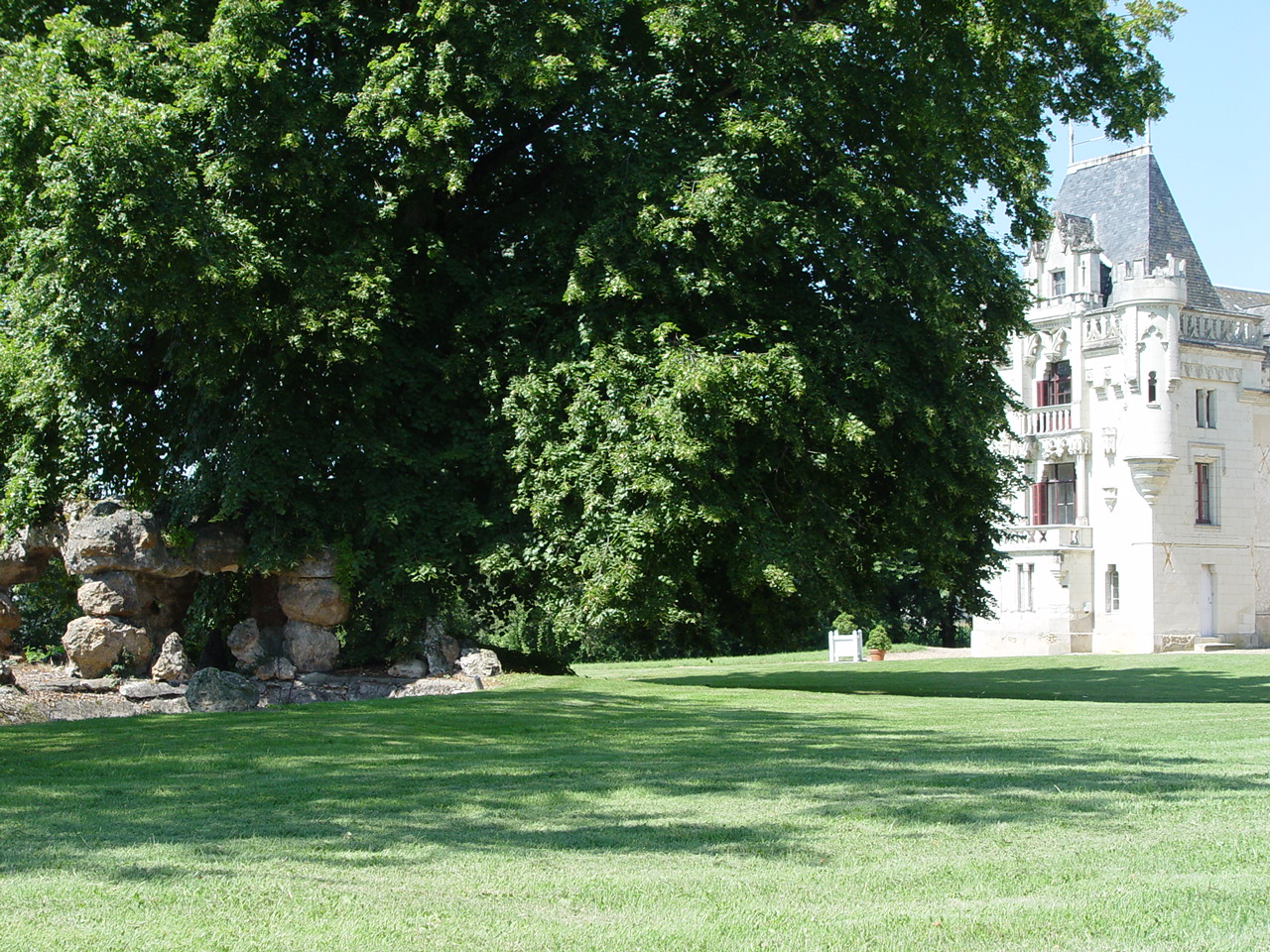
Cave XIXth, in the park 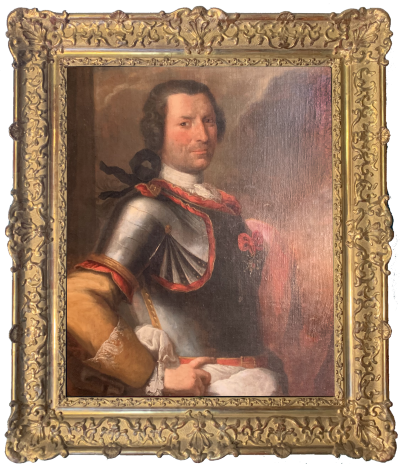
Le Pelletier, XVIIth 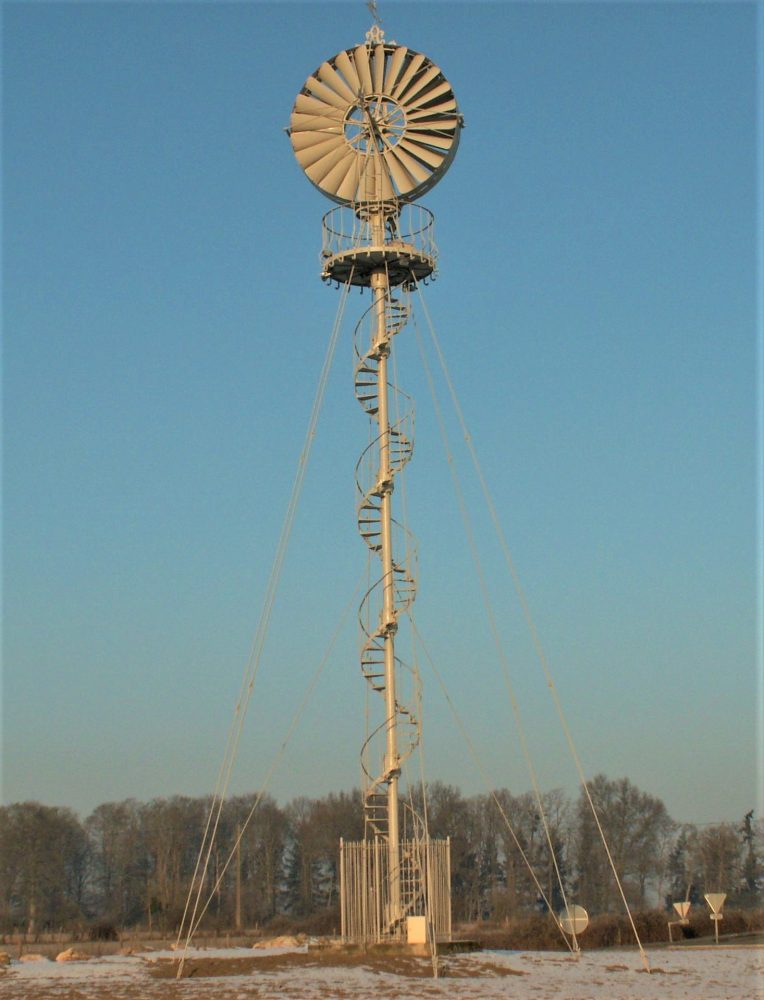
The restored wind turbine
Le Pelletier family :
The “Le PELLETIER” are an old family of artillerymen, from father to son, at the time when the artillery had an independent status of the army in France.
In 1662, Michel Le Pelletier was appointed General Guard of the artillery of France, dependent on the only Grand Master; his portrait is in the museum of Versailles (3). In 54 years of service, he participated in 75 sieges, 11 battles and several wars. His two sons were each Lieutenant General of the King’s armies. Including Laurent-Michel, 45 years of service, who participated in 29 seats, 5 major battles and several wars. Two other general lieutenants will follow. They were ennobled in 1703 by Louis XIV and confirmed in 1738 by Louis XV (4). They carry for coat of arms “Azure with the face of silver charged with a crescent Gules accompanied by three gold stars, two in chief and one in point”. And have for motto “Fidelis et audax” (faithful and daring).

Sculpture of the arms of the Le Pelletier family (left) and Leroux de Salvert (right).
Stories from the Castle
The Quintaine game
The Quintaine is a “game” that was played in the 17th century, at a place called “l’Ecusson”, 100m from the gîte de la Brosse. This game, played on horseback by the newlyweds of the year, had as its aim to hit a spear against an iron shield in order to break the blade of the spear. The military also played this game to train for battle, replacing the shield with a ring that had to be caught with the lance. Below you will find extracts from Marc-Anthoine’s writings of 1680, which describe the Quintaine practised at 100m from Salvert.
Paragraph 8, “La Quintaine” :
“Droit de quintaine qui est a entendre que le Sieur de la Brosse, Homme de Foy, de notre dite Châtellenie doit planter pour chacun au tel jour que bon nous semblera, un Ecusson, au lieu appeler l’écusson ; audit lieu se trouver en … à cheval ayant une lance ferrée d’un fer, ayant trois pointes, et courir le premier caser la lame en frappant le bout contre l’écusson, et ce fait pour les nouveaux mariés a prendre. Depuis le jour que la quintaine aura été courue jusque au jour qu’il nous plaira faire assigner. Ils doivent trouver un cheval à courir la quintaine, casser chacun une lame qui leur sera baillée par le Seigneur de notre dite Châtellenie et celles cassées en bout contre l’écusson y doivent être présentées. Les femmes des nouveaux mariés nous doivent apporter le fer qui tombera de la lance cassée par leur mari. En apportant nous doivent un baiser ou a qui il nous plaira commettre et à défaut se trouver … jour assigné par les nouveaux mariés et leur femme courir la quintaine et casser une lame apporter le fer et bailler le baiser nous doivent chacun dix sols … et sont contraignables a autre tel jour que bon nous semblera la courir et de faire les devoirs et obéissances ci-dessus exprimés.”
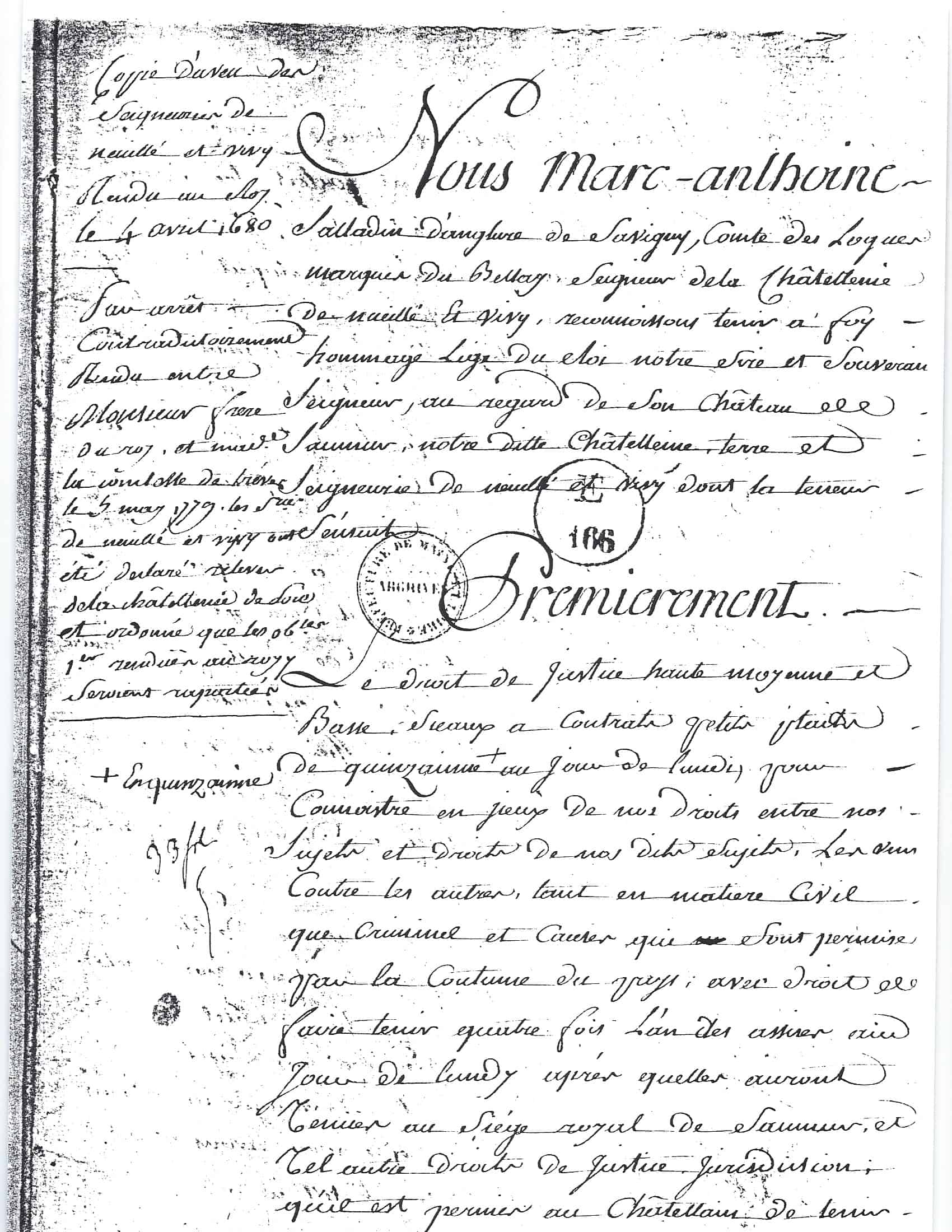
Extract from page 1 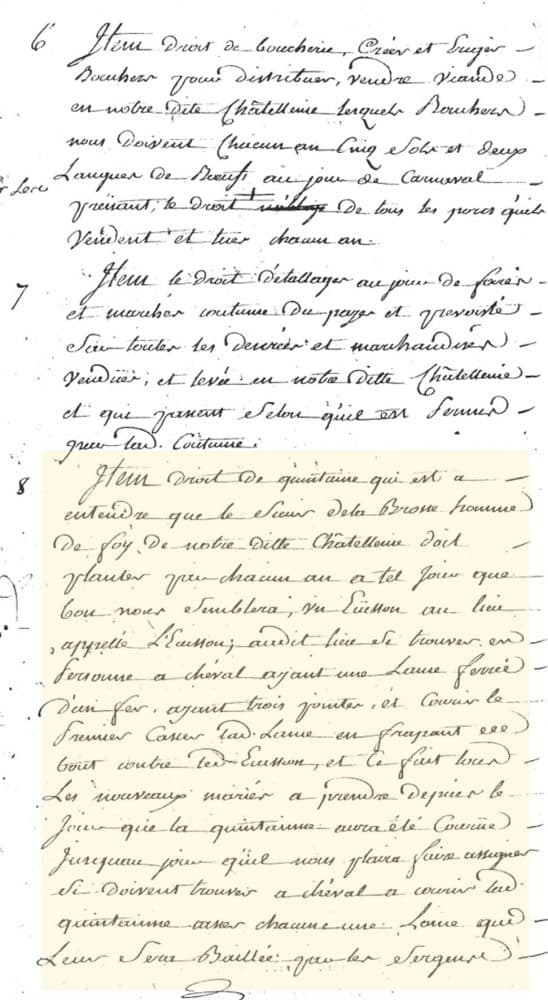
Extract from page 2 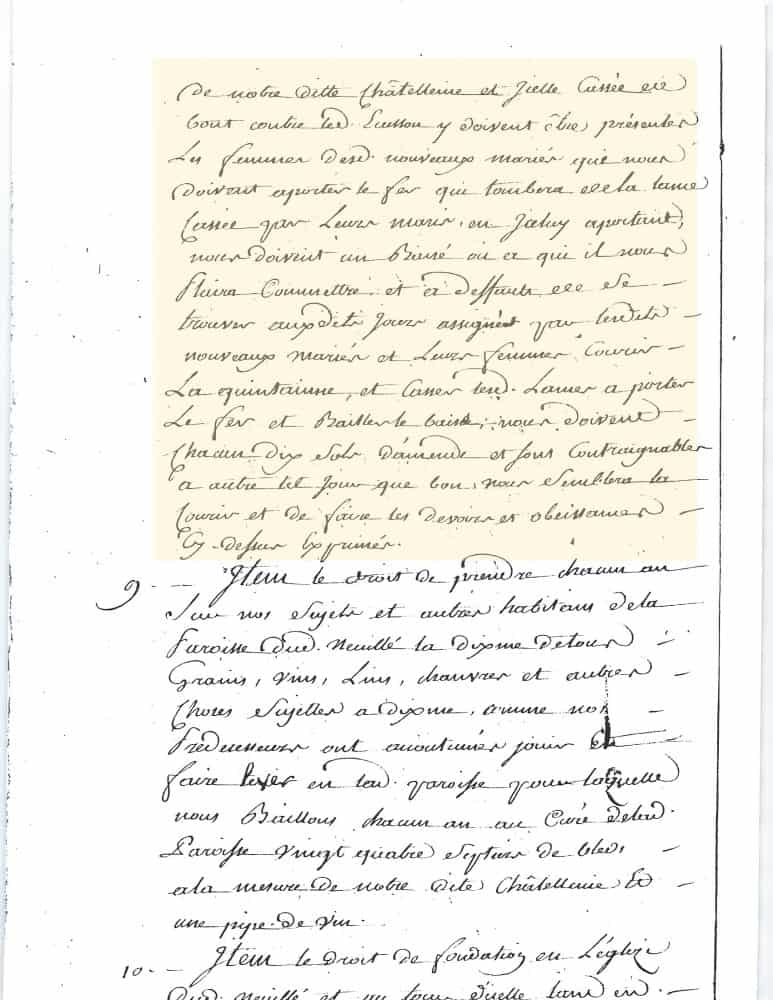
Extract from page 3 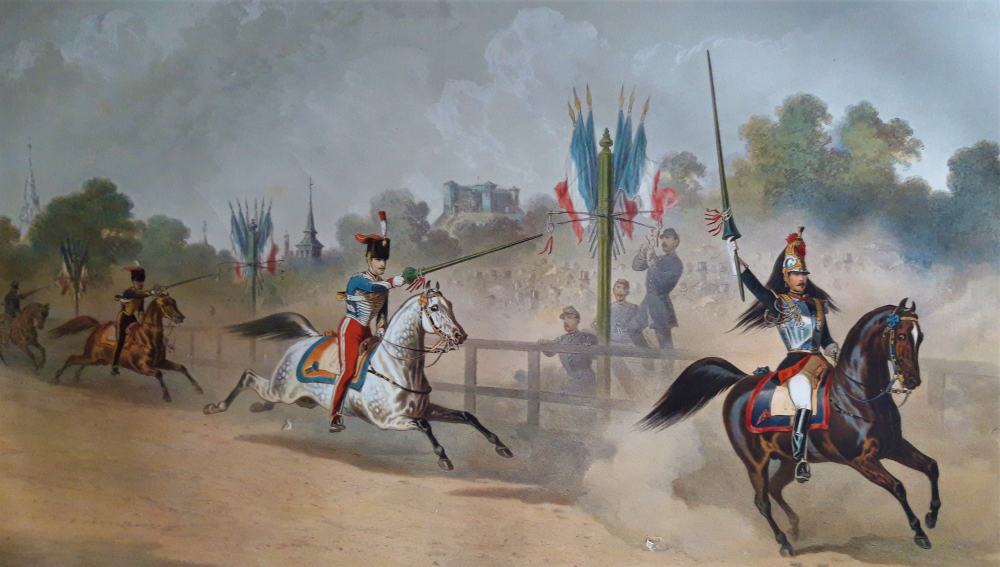
Quintaine played by the military in Saumur
Salvert during World War II
The story of a woman, Denise Orsini-Hallouin, a young teacher at the free school in Neuillé during the war. She describes the occupation of Salvert from 1944 to 1945. Madame Le Pelletier had asked her to look after the Château while she was away.
(1) Célestin Port, Dictionnaire . T III p.466 .
(2) Extract from Guy MASSIN LE GOFF, le néogothique civil en Anjou, Paris, 1999, 1550 p, doctoral thesis, Conservateur, Conseil Général Maine et Loire.
(3) Versailles, room 165, n°4318.
(4) Archives Nationales, P2592, fol 31.
